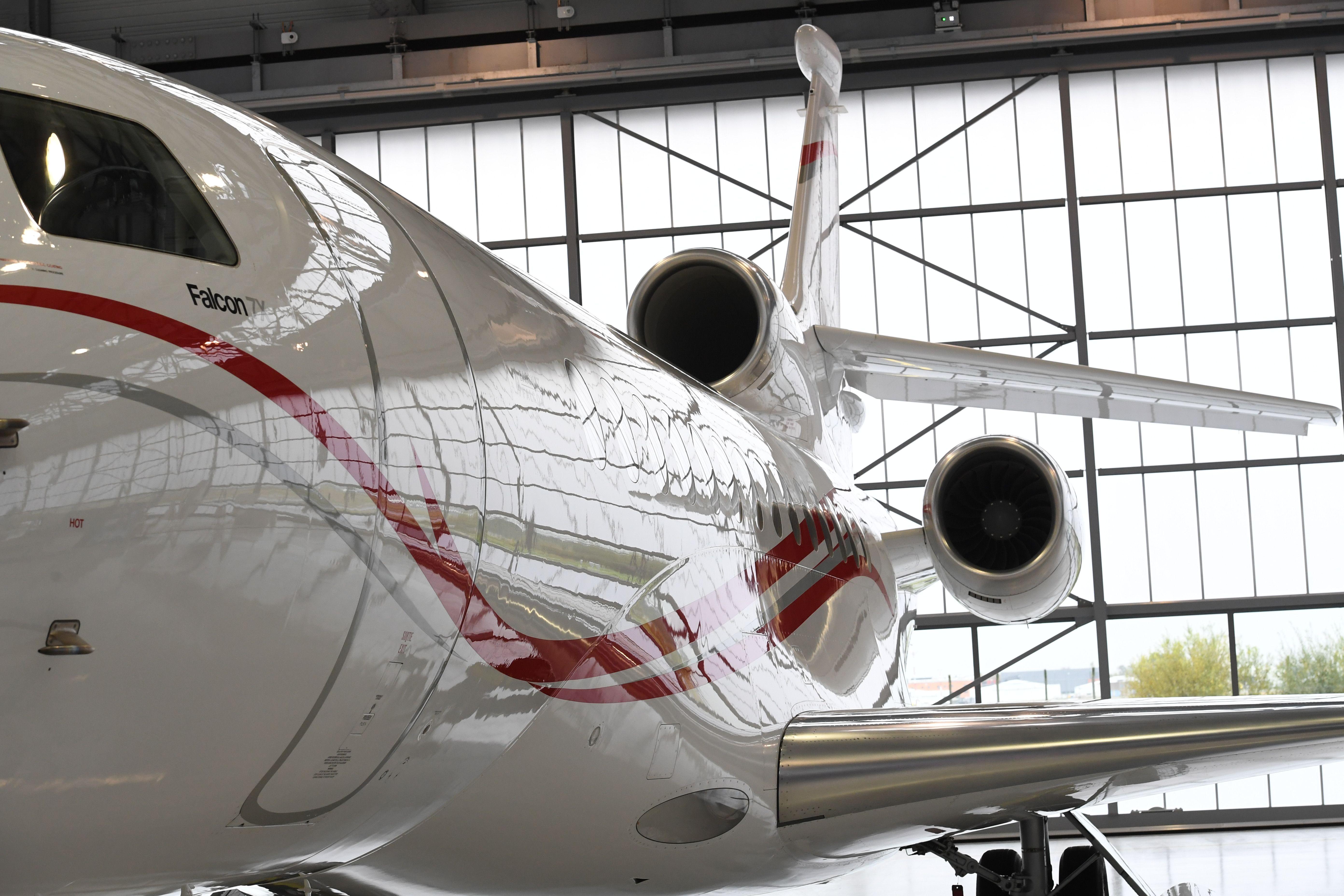Viewpoint: What Leadership Should Know About The Mechanic Shortage

While pilot shortages are occupying the headlines, executives at airlines and repair stations are quietly fretting about the lack of pipeline development in the technicians that keep their aircraft running smoothly and in compliance with safety standards.
According to the 2022 Aviation Technician Education Council (ATEC) Pipeline Report published in late November, the pandemic is estimated to have cost the industry at least 5,000 new mechanics, creating an even bigger challenge in the talent pipeline shortage.
“The number of prospects in the mechanic pipeline needs to grow by at least 20% to meet industry’s needs,” says ATEC President and WSU (Wichita State University) Tech Aviation Program Dean James Hall. “National enrollment at A&P schools is only growing at about 2% per year, so we have a lot of work to do.”
The report suggests an increase in high school pipeline programs could be one answer—especially as programs within the schools raise community awareness and participation. ATEC-member aviation maintenance technician schools (AMTS) recently completed a successful pilot of its Choose Aerospace aviation maintenance curriculum, which will formalize matriculation into A&P (airframe & Power Plant) programs. The council has a goal of enrolling 10,000 high school students by 2027.
Ryan Goertzen, AAR’s vice president maintenance workforce development, oversees staffing-based initiatives for the aviation services provider that serves commercial airlines and governments around the world. Goertzen has created partnerships with local communities to involve students who wouldn’t otherwise consider aviation.
One of AAR’s initiatives started with a six-week sheet metal class in partnership with Olive-Harvey College and south Chicago high schools that has since turned into pathways into college degree programs. The public-private partnership was key in facilitating this pipeline development opportunity, Goertzen says. From an initial conversation between a public official and AAR’s CEO to enrollment in the program took just four months, indicating we can begin alleviation of this problem relatively quickly by working together.
Another area where improvements are being made but must continue is in legislative efforts for military-to-civilian-aviation transitions. Expanding access to A&P test prep courses and training not only provides relief to the civilian talent shortage but also eases career transitions for veterans entering the commercial workforce. Protecting or expanding the applicable uses for the GI Bill is critical.
Stacey Rudser, president of the Association for Women in Aviation Maintenance, indicates the potential challenges run deeper than pipeline development. As an experienced line supervisor, Rudser reports that working conditions are “getting rough” with higher-than-normal turnover throughout the industry and the opportunity cost of onboarding new employees, even experienced ones, with operations-specific protocols.
“Further, before the pandemic, the average age of an aircraft technician was 57," Rudser says. "With airlines offering early retirement packages, and a good number of technicians accepting them, we‘re facing an irreplaceable loss of knowledge.”
The release of older mechanics from airlines has triggered new hiring practices with demand for technicians increasing. Instead of a traditional path from progressing from training to an MRO, contract job or regional airline then airline, some of the major carriers are hiring A&Ps before they have even graduated from school. This leaves smaller carriers, FAR Part 135 operators, manufacturers and repair stations scrambling for talent.
She further believes retention is key to both ongoing morale and continued operational safety.
“Leadership needs to pay attention to on-the-job training," Rudser says. "As not every senior mechanic wants to be a mentor, bringing some of those retirees back to conduct technical and professional development might be helpful.”
Additionally, she recommends better communication and flexibility as retention tools.
• Appropriately allocating manhour scheduling for the level of experience of the technician levels out performance expectations, giving newer technicians benchmarking opportunities without feeling inadequate or frustrated.
• Ensuring there is a clear path of advancement for technicians who stay with the company communicates the value placed on long-term relationships.
• Establishing financial incentives for technicians to obtain additional skills is both fair and important. Larger companies have labor unions that negotiate equitable pay scales. Smaller companies benefit from following that practice—and following through with what they promise—as delayed promotions or pay raises are a significant cause of job disengagement.
• Creating a mechanism for more flexible scheduling while maintaining competitive pay helps workers with dependent-care responsibilities, whether for children or other family members.
While the aviation technician pipeline is by no means robust, on the bright side, efforts are being made to address recruitment, Congress is aware of the need for action and the timeline for completed training is shorter than that of airline pilots.
René Banglesdorf is the founder and CEO of The Aviation Collective, where she helps aviation companies hire and retain the best talent through executive coaching and workplace culture consulting. Banglesdorf served on the U.S. Congress-chartered and FAA-appointed Women in Aviation Advisory Board, is a 20-year aviation professional and holds a private pilot license.




